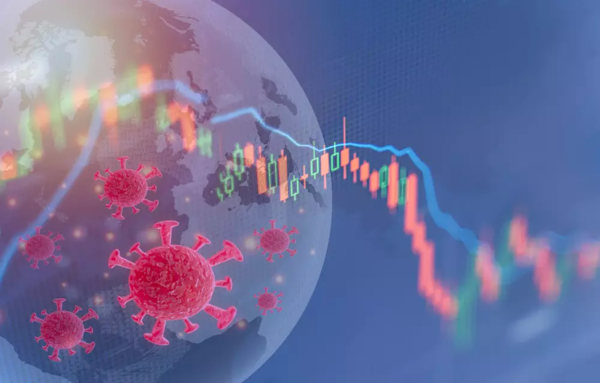Today, March 11, marks the two-year anniversary of the declared state of emergency for the COVID-19 pandemic, a seismic event that has had global effects, impacting every aspect of peoples’ lives.
The last two years have been marred by significant turmoil. There have been over six million deaths due to COVID-19, according to Johns Hopkins University, widespread and long-lasting supply chain disruptions, pivotal elections leading to policy change, red-hot inflation nearly reaching double digits, and a war raging between Russia and Ukraine, causing human tragedy and global economic uncertainty.
These profound events have shaken up markets, leading to nauseating levels of turbulence and investor insecurity; however, looking at the last two years may be able to ease panic for longer-term investors.
While the S&P 500 Index is down 10.63% year-to-date, and the S&P 500 Equal Weight Index is down 7.42% year-to-date, cushioned by its heavier exposure to energy, which was the top-performing sector in the index in 2021 and this year to date, the market’s ability to recover and bounce back despite significant disruptions has been promising.
From March 1, 2020, through March 1, 2022, the S&P 500 and the S&P 500 Equal Weight Indexes have returned 50.45% and 52.38%, respectively, according to data from YCharts.
Meanwhile, the two-year Treasury rate was at 1.31% on March 1, 2022, creeping up slowly alongside rising interest rates.
Some inflationary pressures have continued to worsen, with the CPI reaching a four-decade record of 7.9% in February year-over-year, which has not yet taken into account the surge in energy prices as well as other commodities due to the Russia-Ukraine crisis, spurring expectations of significant interest rate hikes.
However, contrary to popular belief, U.S. stocks generally did better during Fed tightening cycles than during Fed easing cycles, according to Talley Léger, senior investment strategist at Invesco
Fed tightening occurred in the second half of U.S. business cycles 67% of the time, and Fed easing overlapped with U.S. economic recessions 67% of the time, according to Léger.
More downside and volatility is expected as Russia’s invasion of Ukraine came as an enormous surprise to markets, as reflected in the stock market sell-off as well as some of the speculative activity in commodity prices; however, analysts predict that markets will start to recover as the global economy adjusts expectations and digests such a dramatic departure from conventional expectations.
Thus, for investors with a longer-term time horizon, Kristina Hooper, chief global market strategist at Invesco, suggests that now is not a time to abandon stocks. Rather, Hooper believes that this is a time to be well-diversified across and within asset classes, including alternatives such as commodities.
Strong offerings to consider in the current economic climate are the Invesco S&P 500 Equal Weight ETF (RSP ) and the Invesco ESG S&P 500 Equal Weight ETF (RSPE).
Opting for an equal-weight index, as opposed to a market cap-weighted approach, can provide diversification benefits and reduce concentration risk by weighting each constituent company equally so that a small group of companies does not have an outsized impact on the index.
For more news, information, and strategy, visit our Portfolio Strategies Channel.

